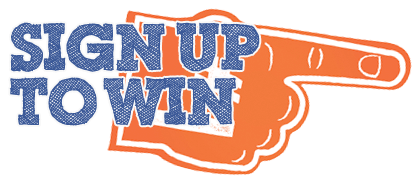The best time to learn about student loan repayment, how your payments are applied, and what repayment options you have, is BEFORE you sign off on any student loan. Knowing how your student loan payments breakdown, and knowing what repayment options will be available to you, should be an important factor for consideration when you are shopping private student loans.
The Anatomy of Your Private Student Loan Payment:
When you get ready to start making your monthly private student loan payments, your monthly student loan payment will be applied in the following order:
a.) payment goes first to accrued late charges or collection costs
b.) then to any outstanding interest
C.) and finally to the outstanding principal of the loan
What About My Federal Student Loan Payment?
Most federal student loan payments will breakdown in the same fashion, however federal student loans will almost always offer more repayment options for the borrower, which is why federal student loans should ALWAYS be sought first, before private student loans. If you have federal student loans, and would like to learn more about your federal student loan repayment options visit our Federal Student Loan section.
What You Should Know About Private Student Loan Lenders
Private student loan lenders are NOT required to offer the same repayment plans and options as federal student loans. This does not mean that a private student loan lender can’t offer repayment options similar to those of federal student loans, but it is unlikely that they will. As a borrower, you MUST review your private student loan contracts closely, in order to fully understand all of the terms, in addition to the repayment, deferment, and forbearance options available to you.
Private student loan lenders must fulfill any promises they have made about the types of repayment options they offer, and beware that repayment options can be vastly different from lender to lender. Some private lenders may offer loan modifications or forbearance, some may not, some may charge for these services, and some may not. Again, it is imperative for you to understand the terms and options of the private student loan you wish to obtain.
In addition to understanding your private student loan repayment options, you also need to be leery of how “realistic” certain offers are. For example, some lenders may offer reductions in interest or other benefits, for consecutive on-time payments, etc… be cautious of these deals, because sometimes they are not always what they seem. You should not choose a private student loan based on an incentive that in reality, very few borrowers may ever achieve.
 sign up
sign up
